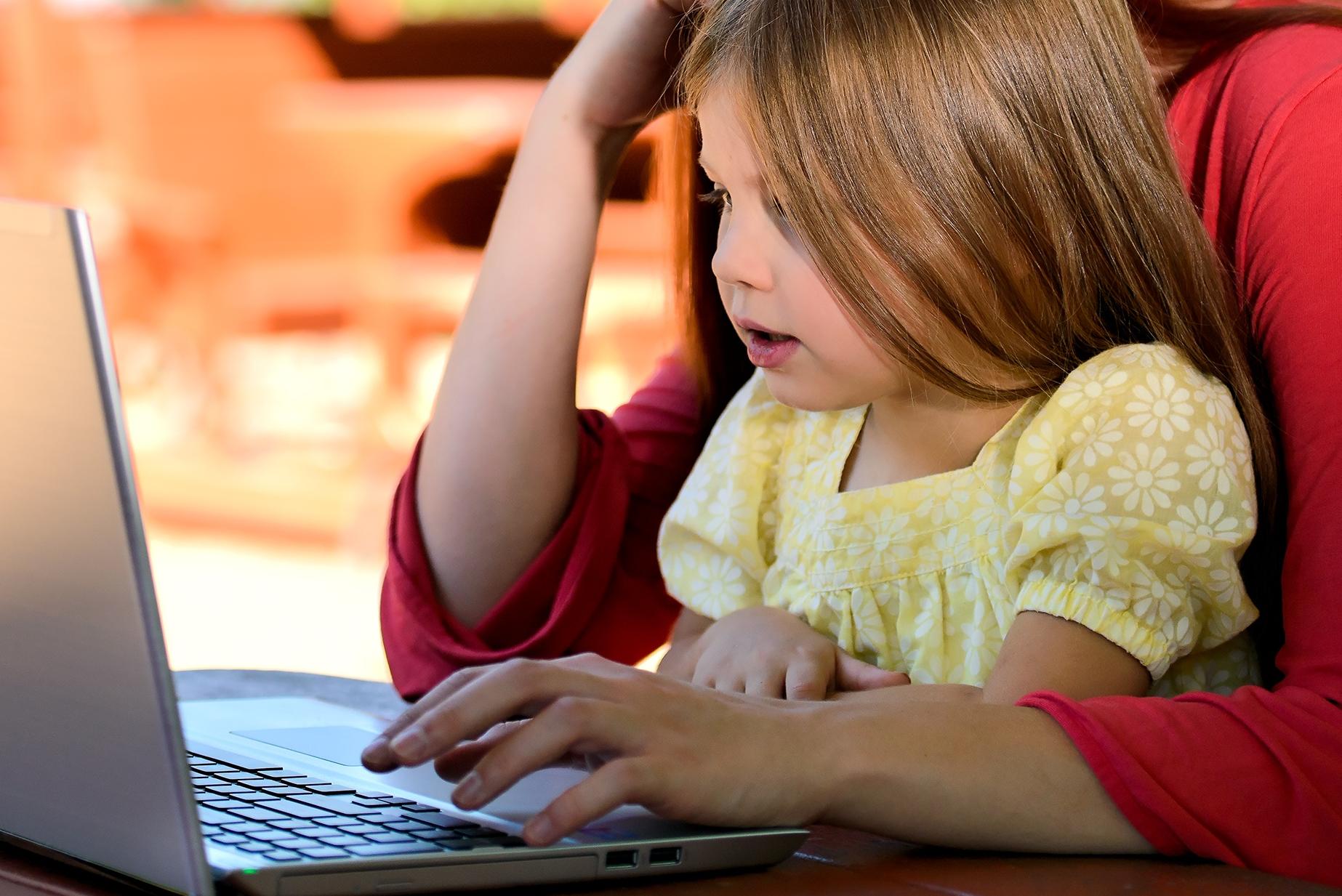Keys to Protecting Children from Internet Pornography
Summary
– Pornography: a danger for your children
– Keys to limiting the intrusion of pornography
The Internet is a wonderful invention, but the people who hang out on it are not. And for your children, that can mean exposure to pornographic, graphic, and explicit images at an early age.
The problem is that it’s not even them, in general (at least not before a certain age), who are looking for it, but it falls on them unexpectedly on download platforms, videos, and that, both on computers and tablets and smartphones.
So what can you do to avoid this kind of discovery? All our advice.
Pornography: a danger for your children
Exposure to pornography does not have the same consequences depending on age
– For children: pornography can lead them to confuse these images with the act of love of which it is the fruit. They may imagine they are the product of a violent and loveless relationship.
Conversely, adolescents may mistake pornography for reality: they expect to experience the same thing, which can lead to all sorts of anxieties and complexes.
Keys to limiting the intrusion of pornography

Parental controls and software
Parental control is a practical option but is usually insufficient.
Specific software exists, such as:
– NAOMI filters pornography, sects, occultism, drugs, and racist propaganda by trying to recognize in an “intelligent” way the images, texts, and addresses to be blocked. It recognizes more than 10 languages, including French and English.
– LogProtect prevents your child from providing personal information (name, address, phone number, email address, school name, or address…) to strangers on the Internet. You provide the list of information to be blocked.
– OpenDNS, which filters “adult” or offensive content.
In addition, manufacturers of equipment for online public communication services are required to equip them with a free parental control device. This device must be easily accessible and understandable. It concerns computers, smartphones, tablets, or video consoles. This obligation for manufacturers aims to reduce the risks associated with the use of the Internet by minors.
Some simple precautions
Since no software can guarantee your children’s complete safety on the Internet, it is in your best interest to take a few simple precautions:
– Set up the computer your children use in a room that everyone uses, such as the living room or dining room, rather than a child’s bedroom or a secluded room.
– Stay close to your child when surfing the web (or go back and forth frequently).
– Check his attitude. Is there any information that may have made him uncomfortable? Talk to them!
Set clear rules of use
– Set a maximum usage time.
– Control the types of research.
– Develop special vigilance on certain sites, especially social networks and chat rooms.
– Ask your child never to give out contact information to someone they don’t know personally;
– Ask your child never to accept a date with someone they meet online without talking to you;
– Ask your child not to shop online without you.
Make sure they have sex education
Finally, to limit the effects of pornography, it’s best to answer your children’s questions in their own words, without taboos, and without insisting.
Remember that if your teenagers have to find their answers elsewhere, you don’t know what they might come across!
Explain to them what pornography is, that it has nothing to do with real life and love. Among other things, the actors take Viagra, the actresses are reshaped by plastic surgery, and the movies are faked.
Hope you liked this post. Remember to leave your comments below.

